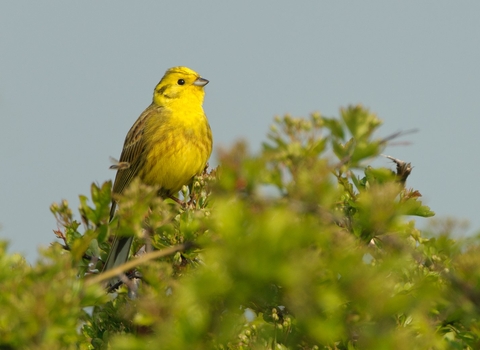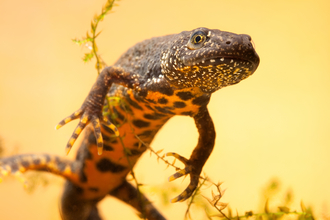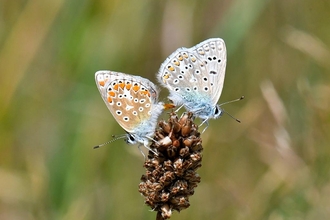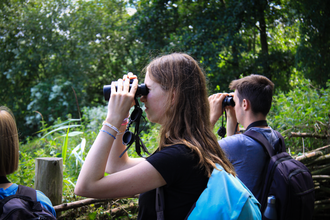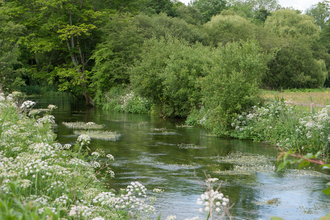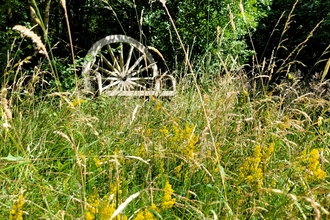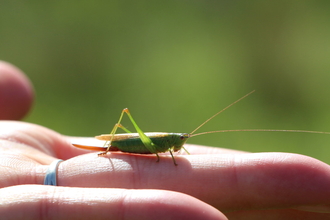Discover Suffolk’s wildlife and habitats, report your sightings, and explore simple ways you can help nature at home.
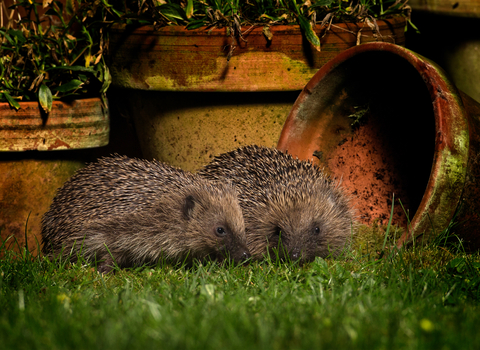
© Jon Hawkins Surrey Hills Photography
Actions for nature
Everyone can do their bit to help wildlife at home – even the smallest actions, like planting wildflowers, putting out water, or leaving a patch of lawn to grow, can have a big impact for nature and help create vital stepping stones for wildlife across our towns and villages.

